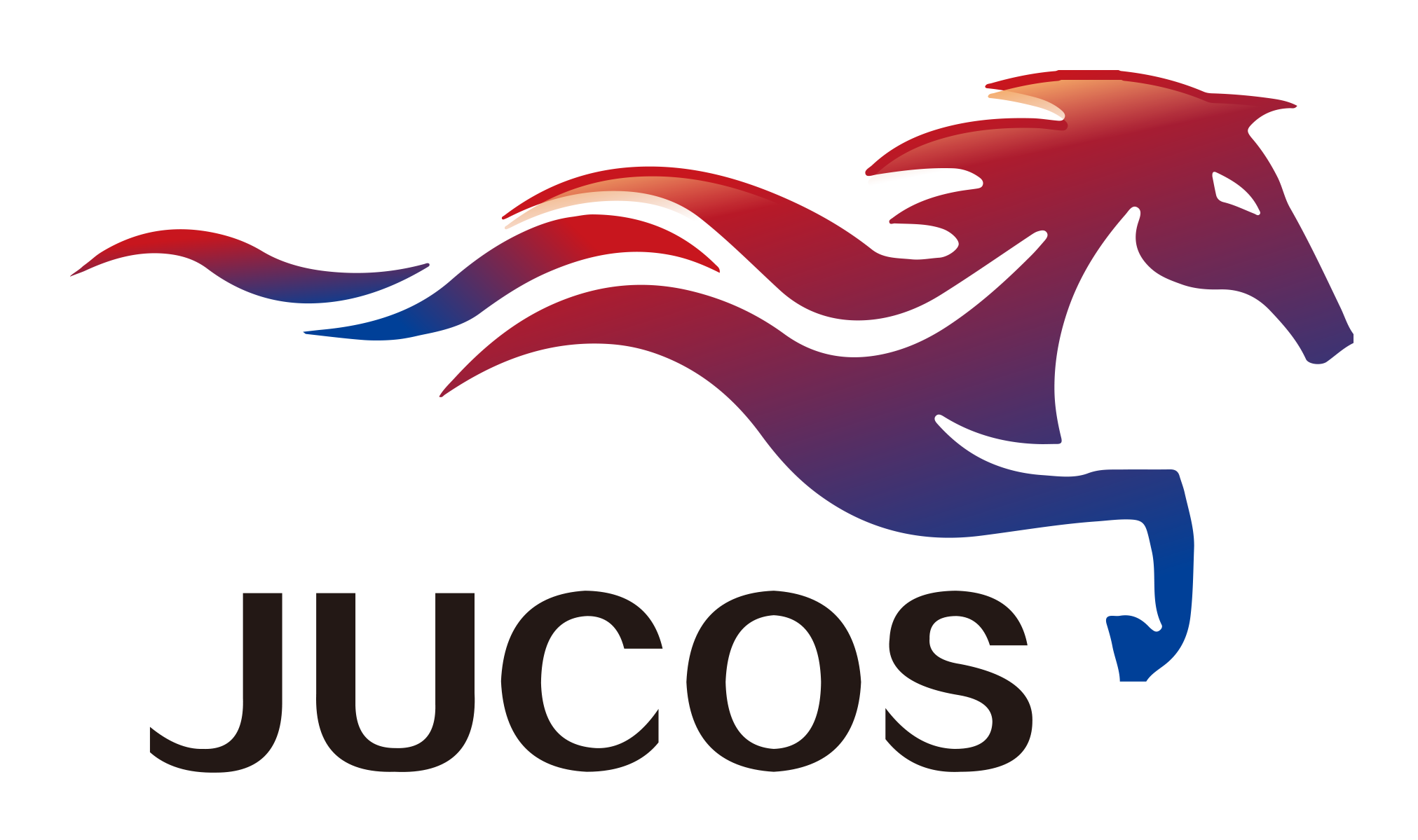New friction riveting method of AZ31 magnesium alloy
Riveting, as a mechanical connection method with a long history, is still widely used in today's manufacturing industry. Common rivets are made of steel, copper, or aluminum alloys and other materials. Under the general trend of lightweighting of mechanical structures, more and more magnesium alloy profiles are used in various mechanical structures due to their excellent specific strength. Under most conditions, the material of the rivet should be the same as the material of the profile being riveted to ensure uniform performance of the mechanical structure and avoid unnecessary galvanic corrosion. Correspondingly, the riveting technology using magnesium alloys as rivets also needs to be developed urgently. However, magnesium alloys have poor plasticity at room temperature and are difficult to form rapidly, so it is difficult to realize the riveting process of magnesium alloys as rivets.
Recently, Dr. Wang Tianhao of the US Department of Energy's Pacific Northwest National Laboratory and others used the rotary hammer riveting (RHR) technology to realize the riveting process using AZ31 magnesium alloy as the rivet. The high-speed rotating "rotary hammer" acts on the AZ31 magnesium alloy rivet, and the compressive stress and shear stress induce a large amount of compression-shear plastic deformation, which in turn causes the rapid accumulation of dislocations and the temperature increase caused by the plastic deformation. At the same time, the friction between the "rotary hammer" and the rivet further increases the temperature of the top of the rivet rapidly. In the above-mentioned rapid plastic deformation, the initial equiaxed grains in magnesium alloy rivets eliminate a large number of dislocations introduced by compressive shear plastic deformation through twinning and the more important dynamic recrystallization process, and the rapid temperature increase also accelerates This process, in turn, realizes the rapid plastic deformation (riveting) process of magnesium alloy rivets.
In this paper, a novel friction riveting method (RHR) is introduced. Using this riveting method, magnesium alloys with poor formability at room temperature can also be used as rivets to connect magnesium alloy sheets to other material sheets.
In the RHR process, the most important parameters are the Rotation rate and Plunge speed of the "rotary hammer". Different parameter combinations lead to different riveting effects. When the rotation speed is high and the pressing speed is low, it will cause the rivet to overheat (Hot run), and the top of the rivet may even stick to the processing head. When the rotation speed is low and the pressing speed is high, the rivet will be cold run, resulting in cracks on the top of the rivet. Appropriate rotation speed and pressing speed constitute a parameter window in which rivetable magnesium alloys can be achieved.
The microstructure of the cross section of the riveted joint also shows the microstructure evolution of the magnesium alloy rivet during the RHR process. Compared with the rivet base metal, the grain size of the riveted joint head (Location 1) is smaller and the texture is more significant. The grain size of the middle part of the riveted joint (Location 2) is not significantly different from that of the rivet base metal, but a large amount of twinning deformation has already occurred. According to the above experimental observations, the microstructure evolution process of magnesium alloy rivets during the RHR process is summarized as follows. In the first stage, a large number of twins appeared in the equiaxed grains in the rivet, and at the same time, the initial extrusion (ED) texture also evolved to the twinned texture. In the second stage, the grains were refined due to dynamic recrystallization, and at the same time, the texture evolved to a riveted shear deformation (FD)-induced texture.
In addition, the influence of different RHR parameters on the local hardness of magnesium alloy rivets and riveted sheets, as well as the influence of different RHR parameters on the strength of riveted joints, was also studied. For AZ31/CFRP riveted joints, the faster the riveting speed, the higher the joint performance. This is because for the AZ31/CFRP joint, the mechanical properties of the joint depend on the mechanical properties of the CFRP after riveting, and the increase in the riveting speed can effectively inhibit the local melting of CFRP, thereby improving the joint performance. In contrast to AZ31/AA7055 riveted joints, the effect of riveting speed on its mechanical properties is very limited. This is because for AZ31/AA7055 joints, the mechanical properties of the joint depend on the shear strength of the rivet base material.
To sum up, the riveting process using magnesium alloys as rivets was realized by RHR technology in this study. During the riveting process, a large amount of compression-shear plastic deformation was introduced into the magnesium alloy, and the friction between the "rotary hammer" and the rivet caused a rapid increase in the temperature at the top of the rivet, which in turn triggered twinning and dynamic recrystallization of the magnesium alloy. The proposal of this riveting technology promotes the application of magnesium alloy as a new lightweight rivet material.











